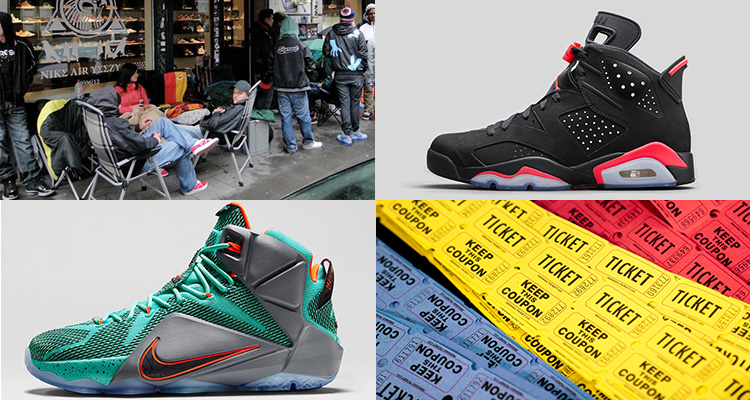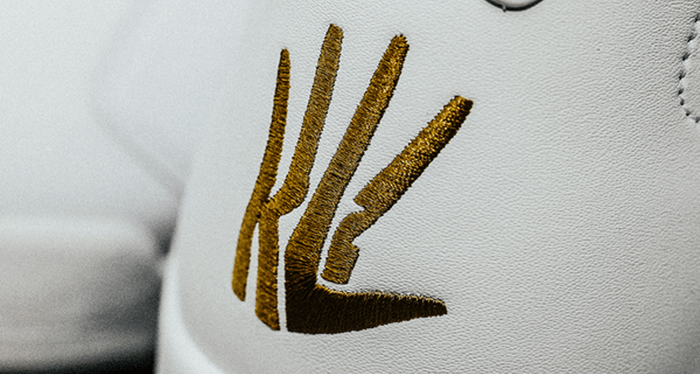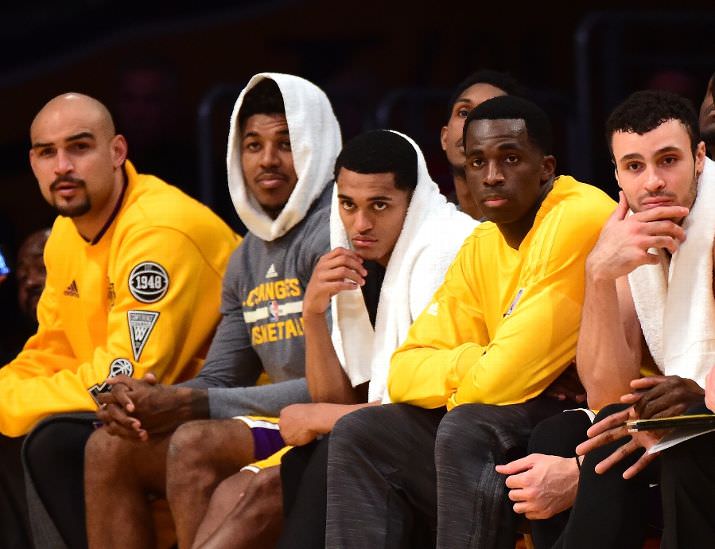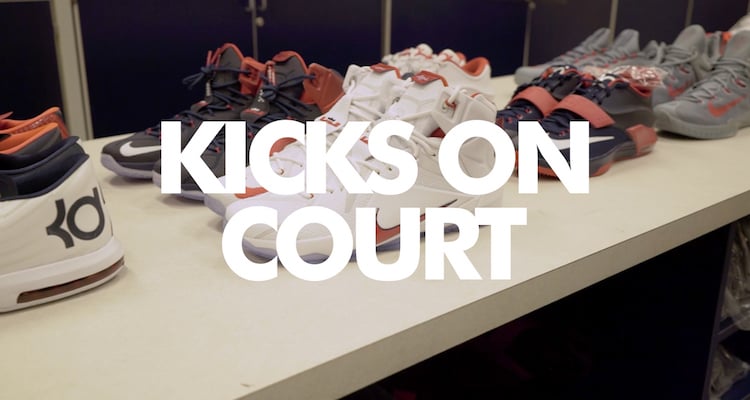This post may contain affiliate links. Please read our disclosure policy.
The holiday season is upon us and most sneakerheads have their eyes on the prize. With more prospective buyers than ever but also a wider array of product, tracking down a top release takes more work than it once did.
At Nice Kicks, we hope that everyone can pick up their sneaker of choice this season, and we hope that process goes as safe, smooth and civil as possible. Because of this, we spoke with representatives from some of the best and biggest boutiques across the country to create some dialogue about the release methods that are best for both the businesses and their customers.
First Come, First Serve
photo via sneaker b0bFor years, the most common method of release for both boutiques and big box retailers has been first come, first serve, also known as a lineup. The main advantage of this format is rewarding the customers that are ‘the most dedicated’ by first selling to the people in the front of the line that arrived the earliest and thus waited the longest. A number of top tier boutiques still use this method.
“Some of the methods we go with are all based on the amount of pairs we actually receive,” says Matt Tomamichel of Corporate in Cincinnati. “If it’s a good number we are able to offer first come first serve. For Black Friday we’ve been able to do everything first come first serve. Now that you have multiple releases on Black Friday it’s easy to just make everything first come first serve. We also have a reputation that reminds our clientele we will hold the shoes if the crowd gets wild. We can do everything via a phone order. I’m not willing to allow my staff or anyone a chance to get injured over sneakers. If I see it goes wrong I’ll shut it all down.”
As alluded to, there are some inherent issues with first come, first serve releases. One of the main issues is customers arriving so early (sometimes days in advance) that lines become unruly and crowds become huge. From homeless folks being paid to wait to nearby businesses becoming frustrated with the commotion, problems have arose from the original launch method. In an attempt to tackle those problems, Detroit’s Burn Rubber has set a designated time when customers are to lineup.
“As of now we designate a time that the customer is allowed to line up and then at the end of the day we take names,” says Rick Williams. “This is something that we are trying now but it is an evolving situation. We are still looking for the best way. It was rough when we didn’t make any effort to govern the line. When this was the case we has a lot more angry people on the day of the release. Our current method of governing the release seems to be working at the moment.”
“We also have a reputation that reminds our clientele we will hold the shoes if the crowd gets wild. We can do everything via a phone order. I’m not willing to allow my staff or anyone a chance to get injured over sneakers. If I see it goes wrong I’ll shut it all down.” -Matt Tomamichel, Corporate
Shops maintaining order, authority and respect seems to be the calling card for a successful launch via the first come, first serve method.
“We organize our customers at our storefront in single-file lines and deliver the product via that route– it proves to be the easiest and most efficient avenue for us [currently],” stated Joe Staley of Oneness in Lexington, Kentucky. “That’s the most important part for me; getting a lot of product in people’s hands and preparing them for the holiday season.”
Just the same, being swift and changeable can be beneficial for shops that see larger crowds arrive earlier than expected.
“This past Black Friday we released Ronnie’s collaboration with New Balance – the Daytona, and we handled the release as first come, first serve,” Lucas Monroe of KITH recalls. “Due to the inordinate amount of people that began lining up after midnight, we decided to open at 5 AM. Black Friday is the busiest retail day of the year already, so I wanted to make sure we were able to expedite the process of our release, so that we could permit traffic to flow throughout the store for our in-store product.”
In general, it appears first come, first serve works best when allocations are high and authority is respected.




